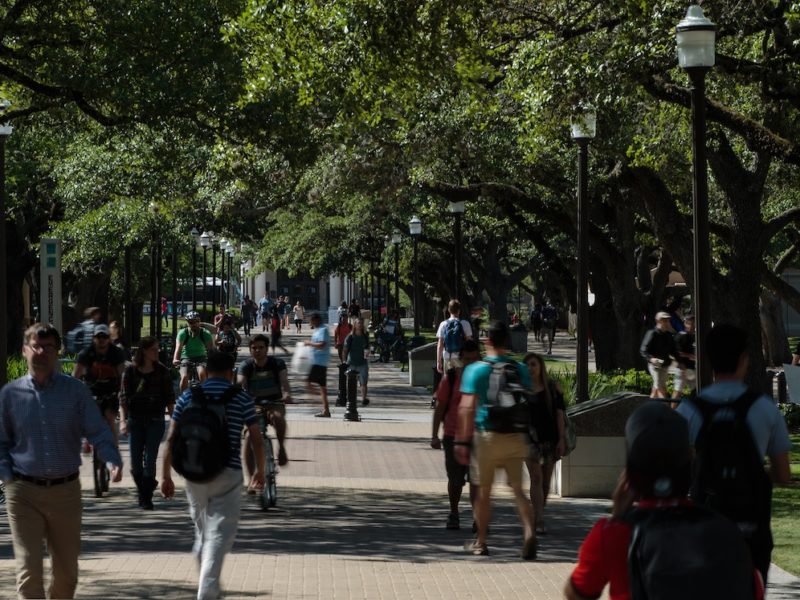Why Do The Elderly Fall?

Falls are one of the leading causes of injury-related death among elderly people. So finding the risk factors that endanger them is becoming increasingly important, particularly with the projected increase in the elderly population with the baby boomers.
Research by the Texas A&M Health Science Center School of Public Health, led by Samuel D. Towne Jr., Ph.D., is the first nationwide study of risk factors that lead to falls in residential care facilities, which are different from nursing homes in that the elders who live in them may require less help in everyday living. The statistic that one in three older people falls each year is widely reported, but before Towne’s study, it was not known how likely people living in residential care facilities were to fall.
Using data sponsored by the National Center for Health Statistics and the Centers for Disease Control and Prevention (CDC), and statistically analyzing data about residential care facilities, Towne found that the elders most at risk for falls were females in need of assistance with at least one activity of daily living (e.g. dressing, walking) and living in larger facilities.
“The fact that we found approximately 15 percent of people in these facilities suffering an injurious fall is a serious issue, and it is a story that needed to be told,” Towne said. “The 15 percent who fell doesn’t even account for falls that were not reported, or falls that didn’t lead to injury.”
Over 700,000 adults live in residential care facilities nationally, meaning that injurious falls may affect over 100,000 people per year in them. Towne’s study found that Black or African American adults had the lowest rates of injurious falls compared to all other racial groups, at 5.5 percent. White or Caucasian adults had a rate of about 15.5 percent, and Asian adults a rate of 11 percent.
“It’s not something that was surprising nationally,” Towne said. “When you start to think of falls or fall-related hospitalizations, it is a common finding that White or Caucasian older adults, in particular women, do suffer a large proportion of falls. More research is needed on that.”
Another important risk factor the study found was that the size of the facility was associated with a large variation in fall rates. Small or medium facilities (4 to 25 beds) had falls at 11 percent and large or extra large (26 to over 100 beds) reached almost 16 percent. As of yet, the reasons are not clear.
Continue reading on Vital Record.
This article by Rae Lynn Mitchell originally appeared in Vital Record.





